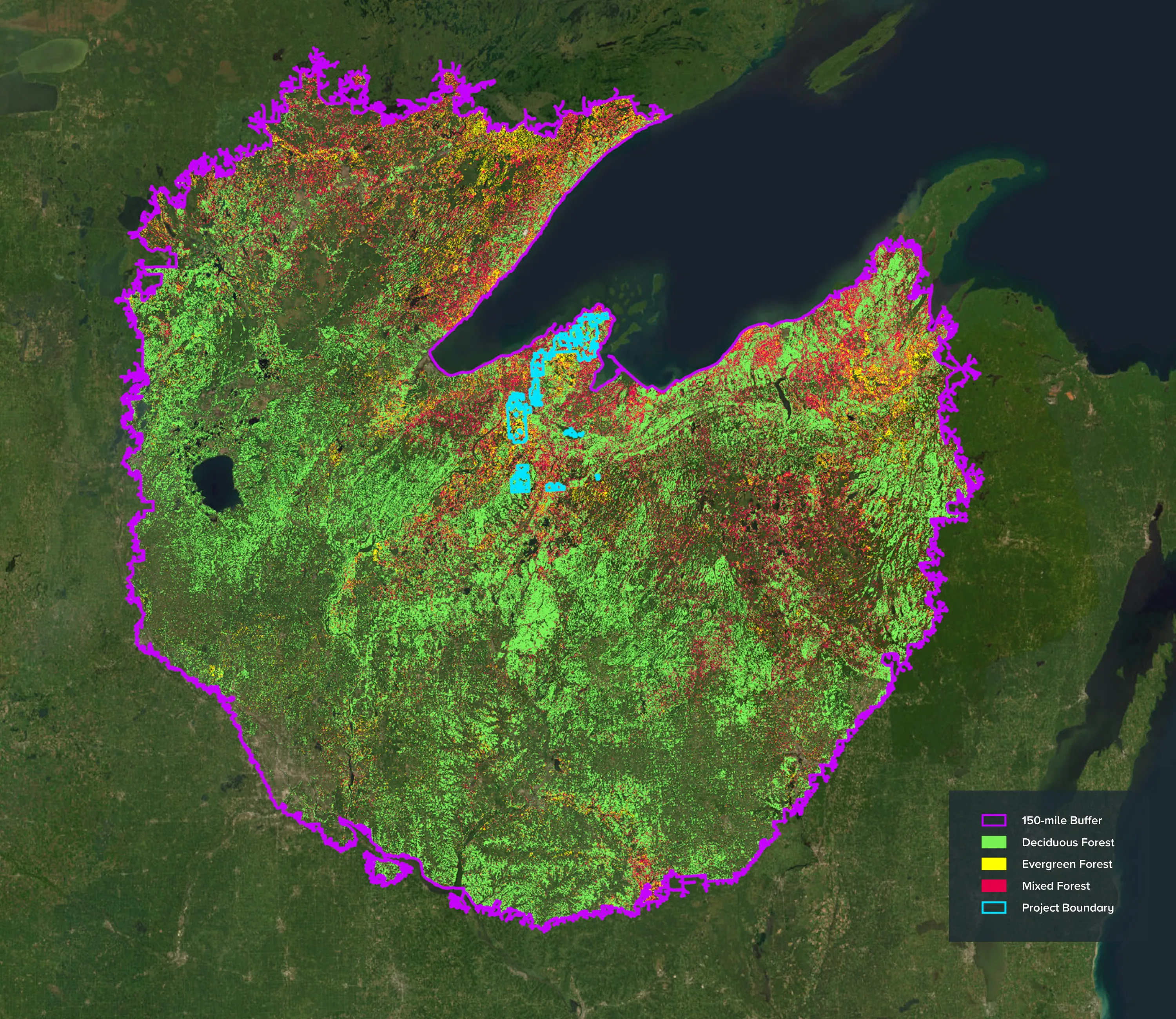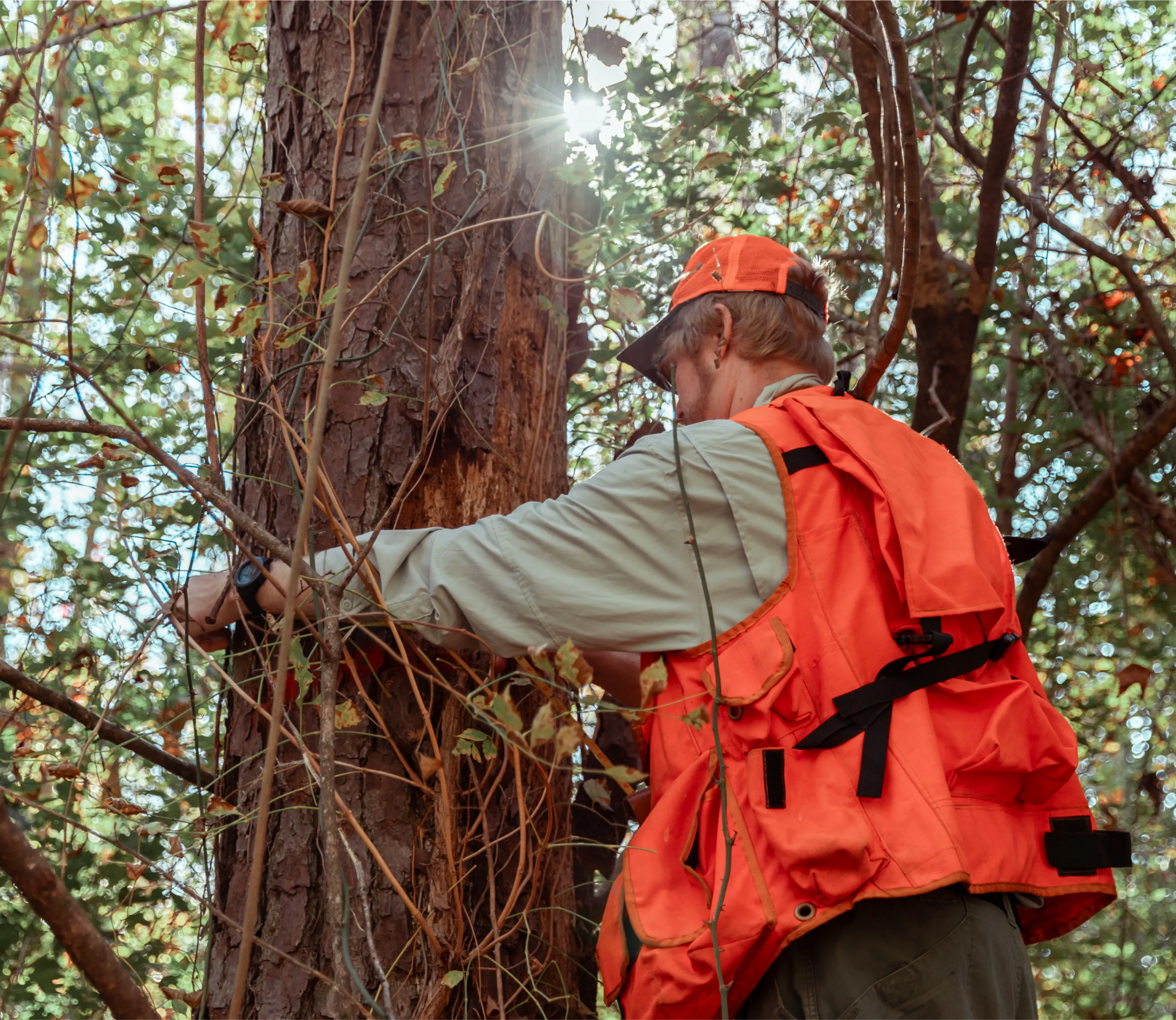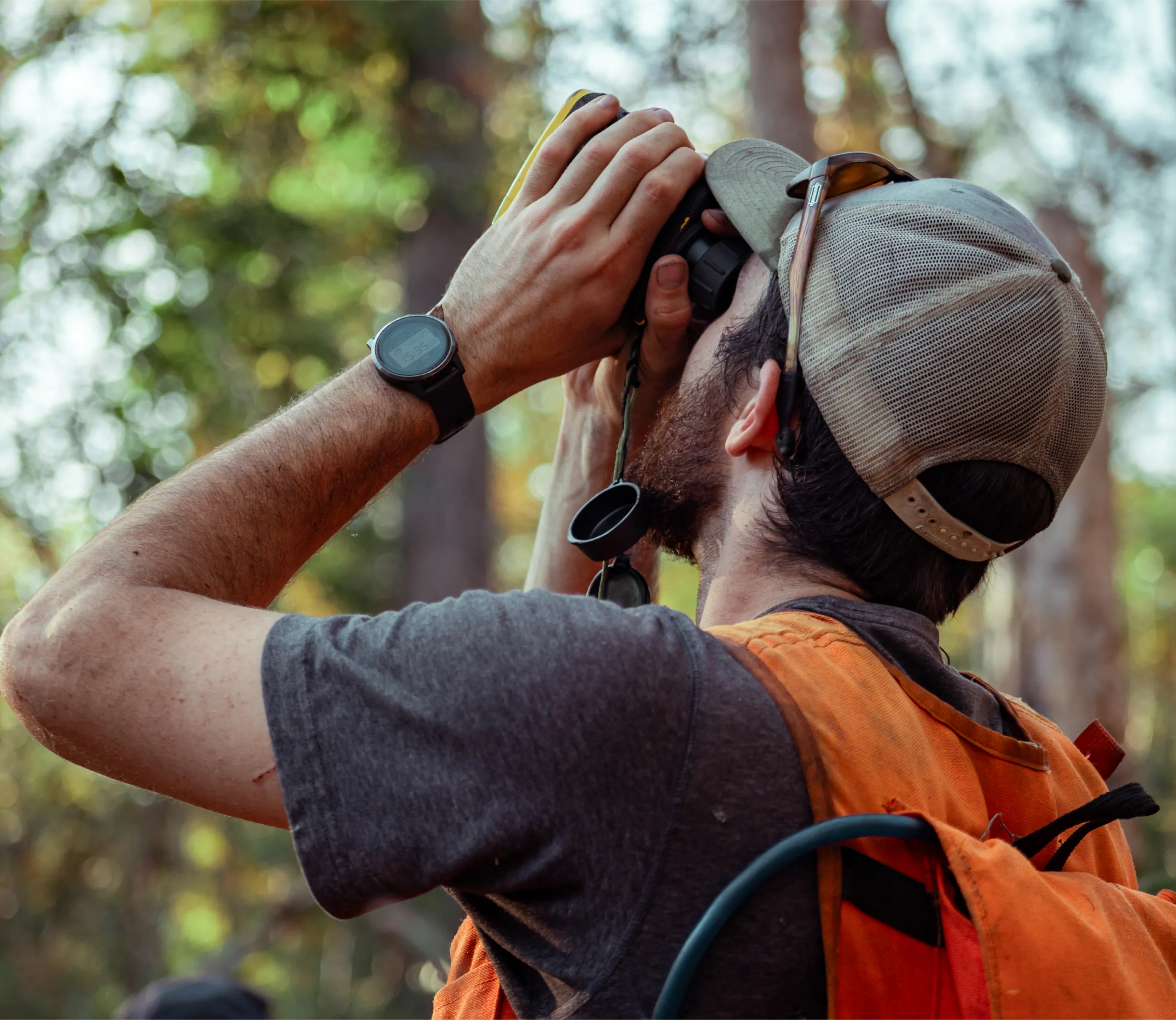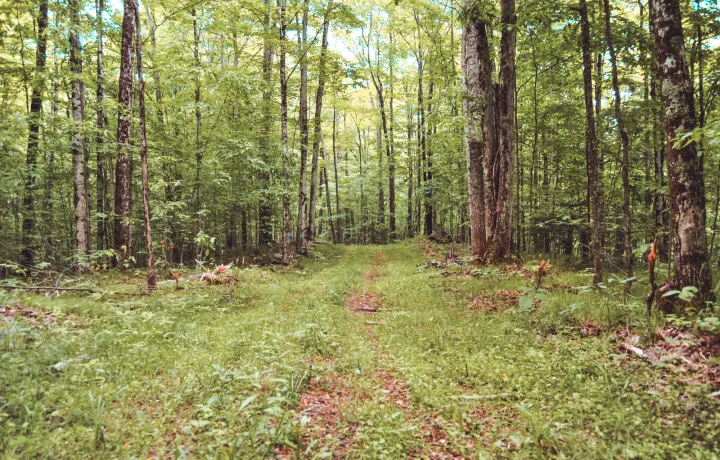A New Standard for Nature-based Solutions
Emission reduction accuracy
Anew’s Epoch Evaluation Platform™ combines the latest advancements in high-frequency satellite monitoring, AI, and ground-level data collection to deliver a new standard for accuracy and substantiation in carbon credit quantification.

Quantifying impact in a dynamic world
Epoch™ evaluated carbon credits account for the ever-changing realities of forest management. Continual monitoring and analysis of economic, regulatory, and environmental conditions in and around each project ensure credit generation remains in-step with real emissions reductions achieved.
Dynamic project baselines, advanced monitoring

Breakthrough technology
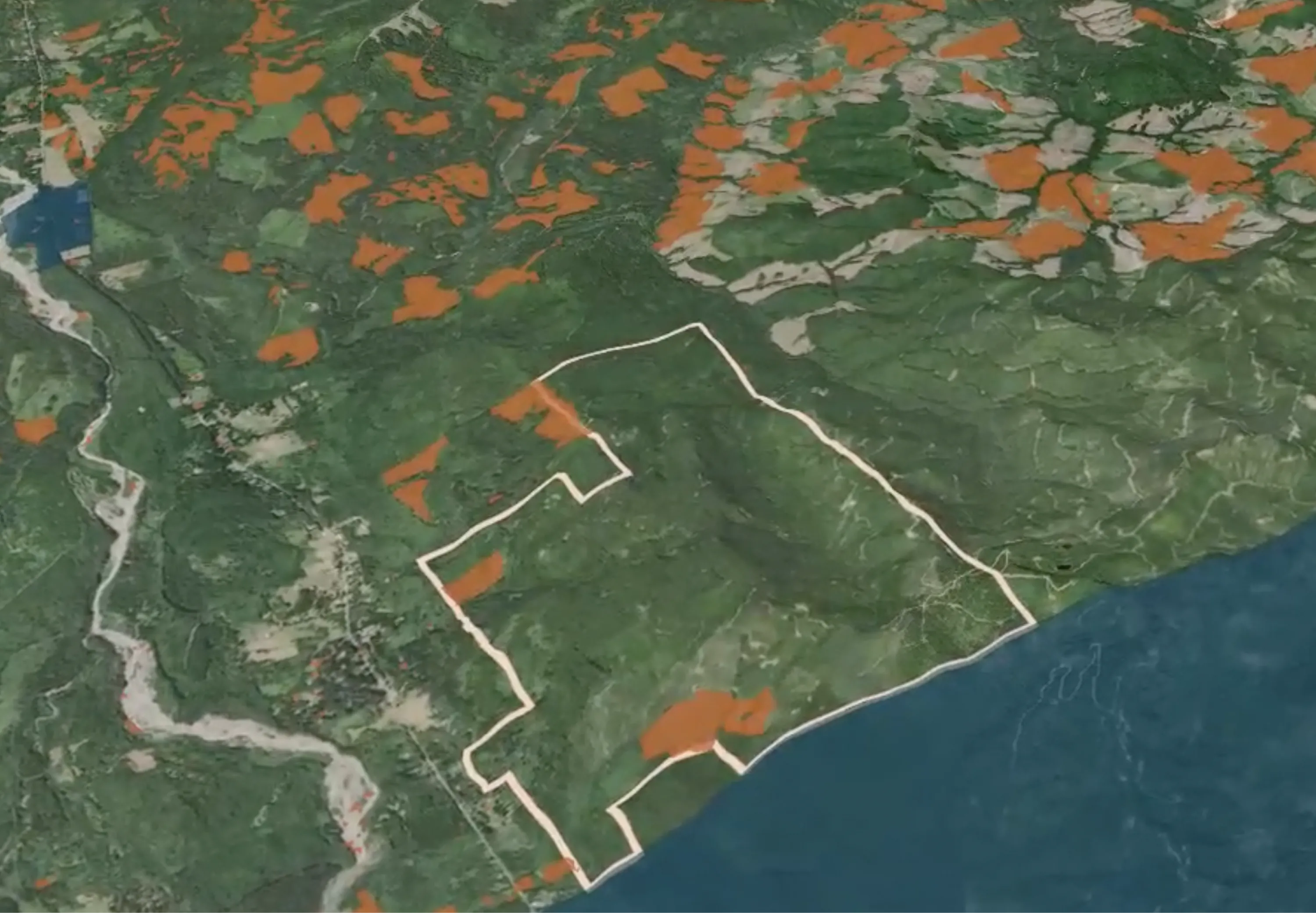
Ongoing additionality evaluation

Baseline efficacy
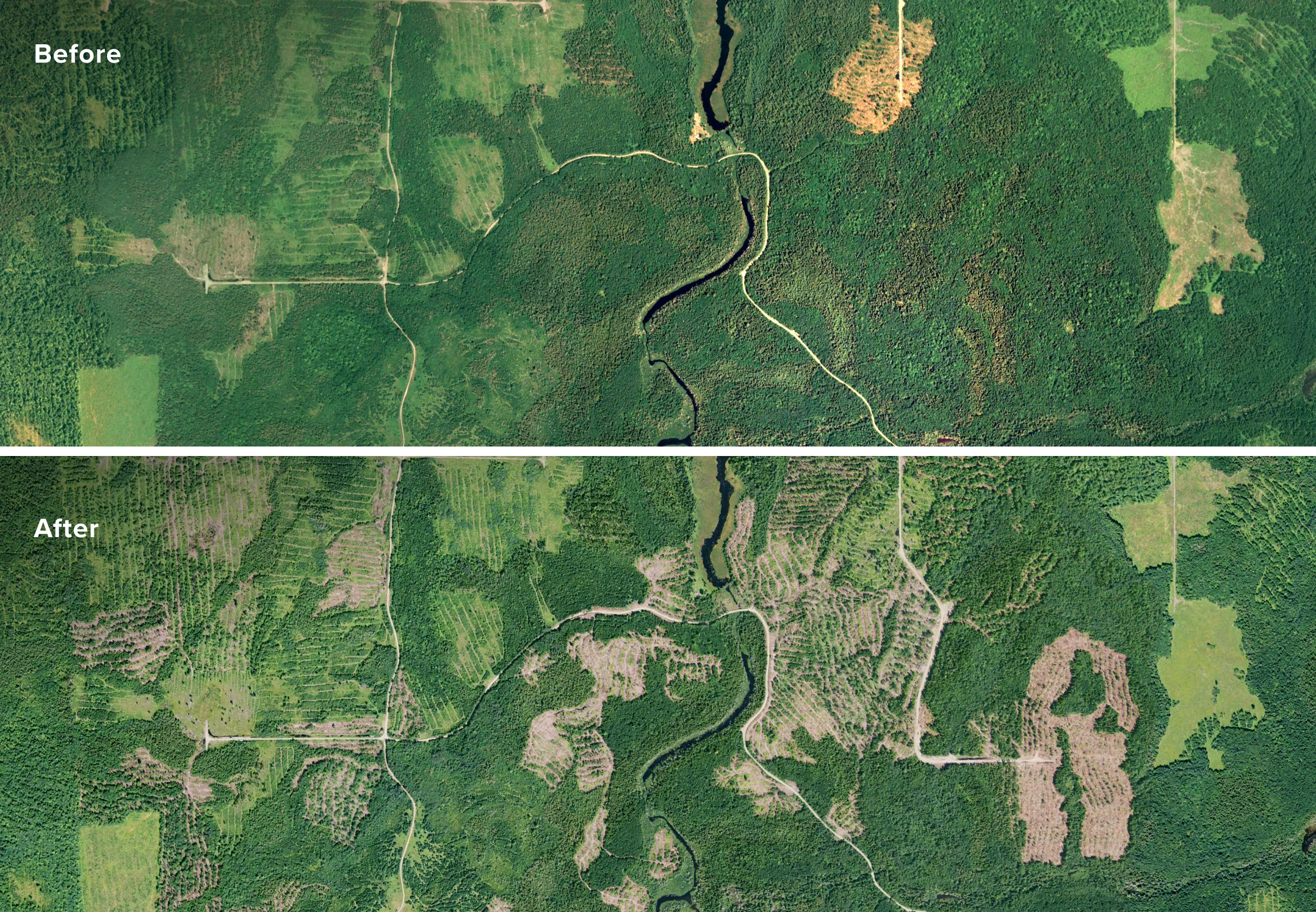
Monthly monitoring

Ground-level accuracy
Ensuring integrity
The world needs our work to succeed. At Anew, we are committed to the development of projects that ensure near and long-term benefits for surrounding communities and our global society. Our projects meet the following criteria, ensuring the highest credit integrity.
Protecting today’s best carbon sinks
Rising global temperatures demand immediate and bold climate action. One of the best near-term, scalable solutions available to combat climate change is conserving and sustainably managing forestlands, which have been proven effective in both the avoidance of carbon emissions as well as the removal of carbon from the atmosphere.
Carbon Markets Work
Market-based incentives have conserved over 10 million acres in the United States over the last decade; twice the rate of conservation achieved via modern-day land trusts over the last 60 years.
Anew expertise
1M
Million trees hand measured
30+
Foresters on staff
2002
Earliest project developed
